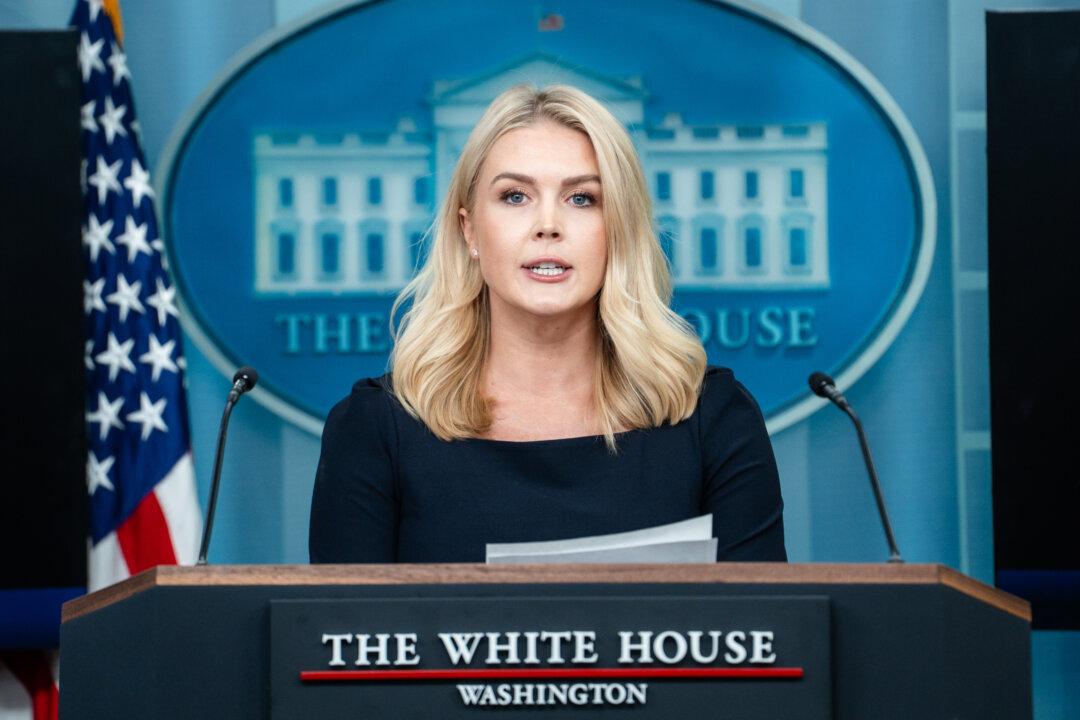The head of the Hamas terrorist group’s military operations in southern Lebanon was killed in an Israeli air strike on Feb. 17, according to the Israel Defense Forces (IDF).
Hamas has confirmed Shaheen’s death.
Under a U.S.-brokered cease-fire agreement, the Israeli army is supposed to fully withdraw its forces by Feb. 18 but insists on keeping control over five “strategic positions” in southern Lebanon even after the deadline. The cease-fire agreement between Israel and the Hezbollah terrorist group had granted Israeli troops 60 days to withdraw from southern Lebanon.
Israel initially invaded Lebanon in October 2024 to eliminate Iran-backed Hezbollah terrorists.
U.S. Secretary of State Marco Rubio recently said Iran is behind everything that threatens peace in the Middle East and is the “single greatest source of instability in the region.”
Hezbollah Secretary General Naim Qassem said in a recorded televised speech that any Israeli military presence on Lebanese soil after Feb. 18 would be considered an occupying force.
“Israel must withdraw completely on Feb. 18. It has no pretext, no five points or other details. ... This is the agreement,” Qassem said. “Everyone knows how an occupation is dealt with.”
Israel is committed to carrying out the withdrawal in “the right way, in a gradual way, and in a way that the security of [its] civilians is kept,” IDF Lt. Col. Nadav Shoshani told reporters.
Lebanon’s government remains opposed to further delay in the Israeli pullout.
Lebanese President Joseph Aoun told the media on Feb. 17 that the cease-fire agreement should be respected and that “the Israeli enemy cannot be trusted.” Lebanese officials continue to work diplomatically to achieve the full Israeli withdrawal, and Lebanon “will not accept” Israel’s continued presence on Lebanese territory, according to Aoun.
“Israel is determined to achieve all the war objectives we set after the horrific attack on Oct. 7, the worst attack on Jews since the Holocaust,” Rubio said.







